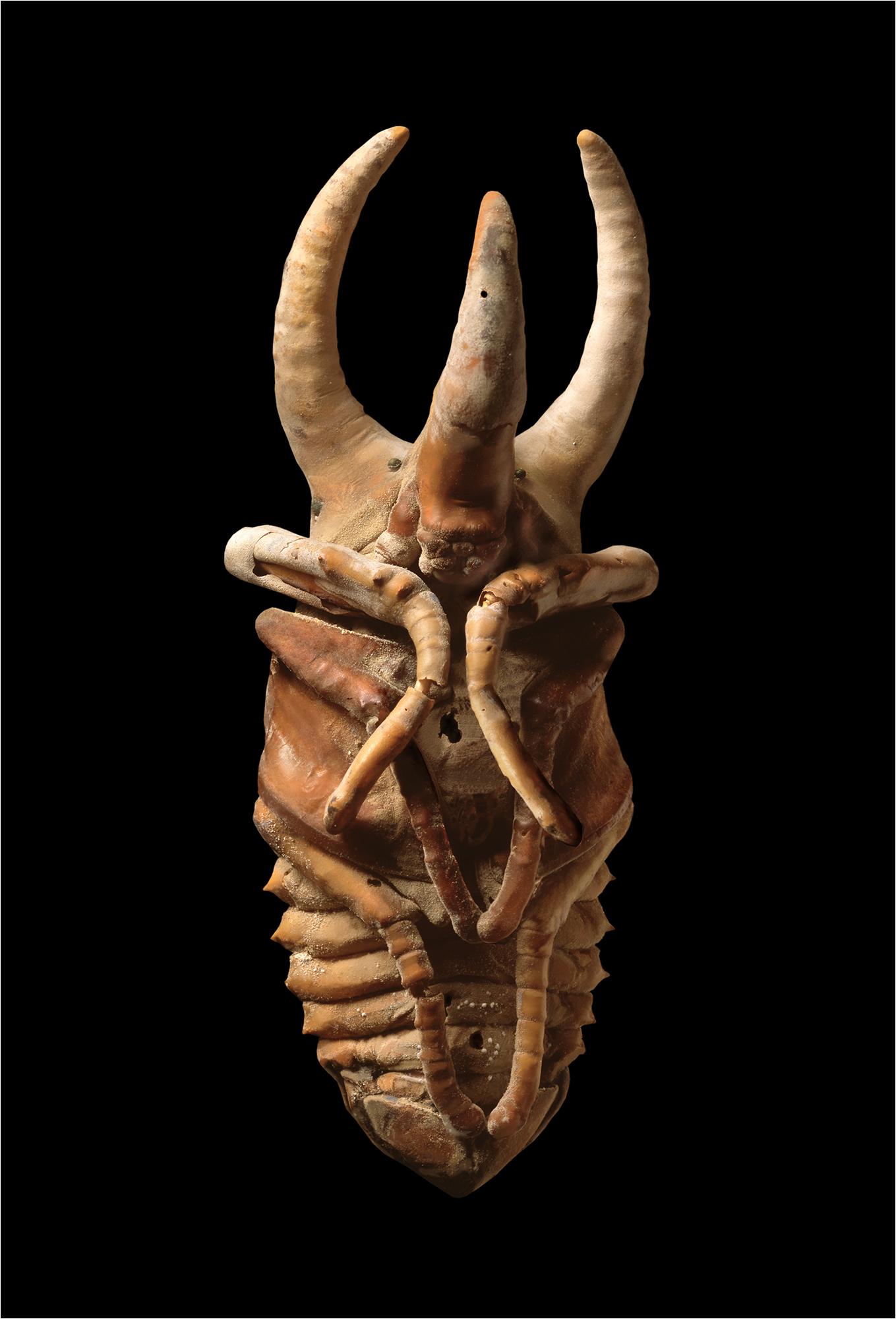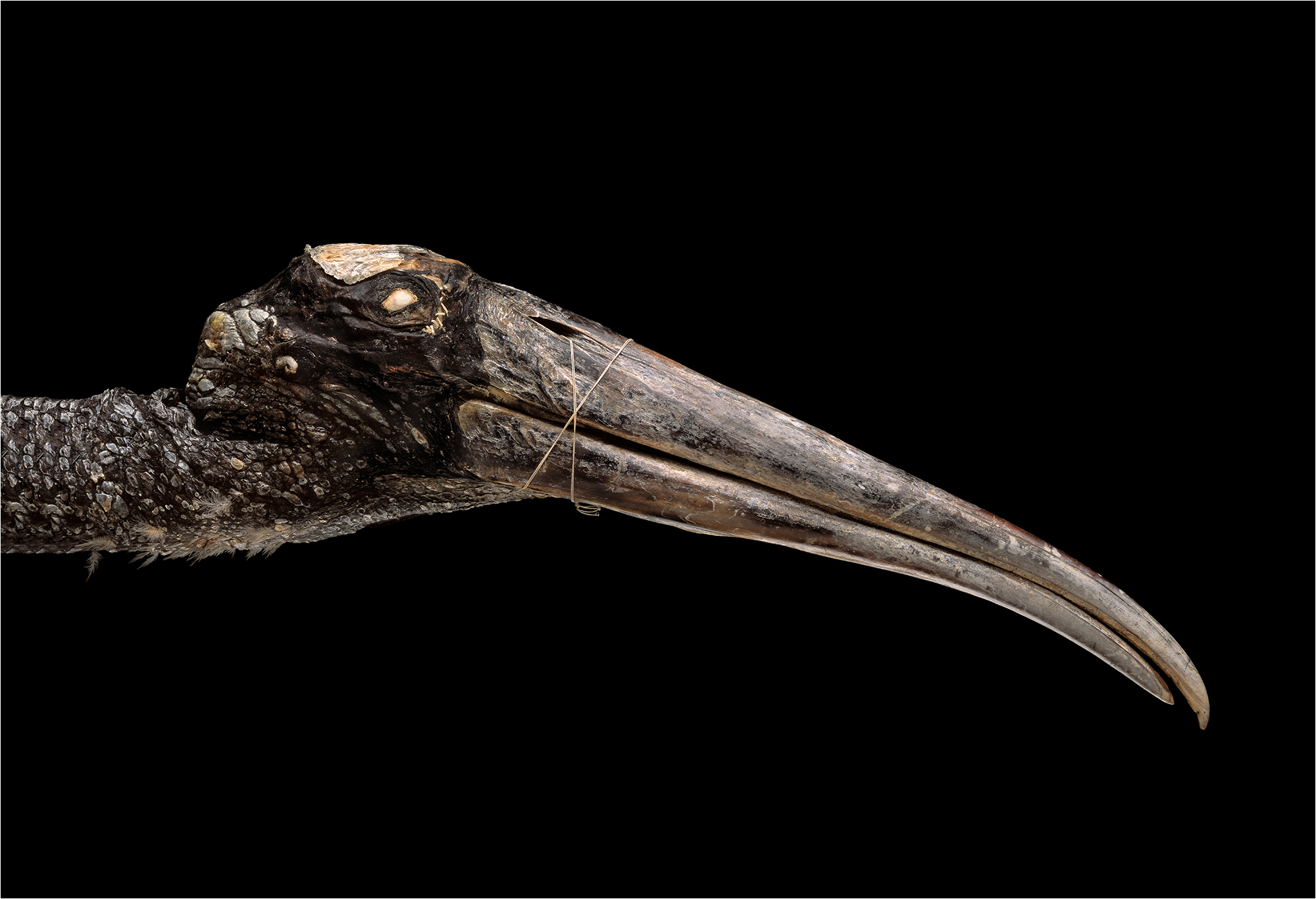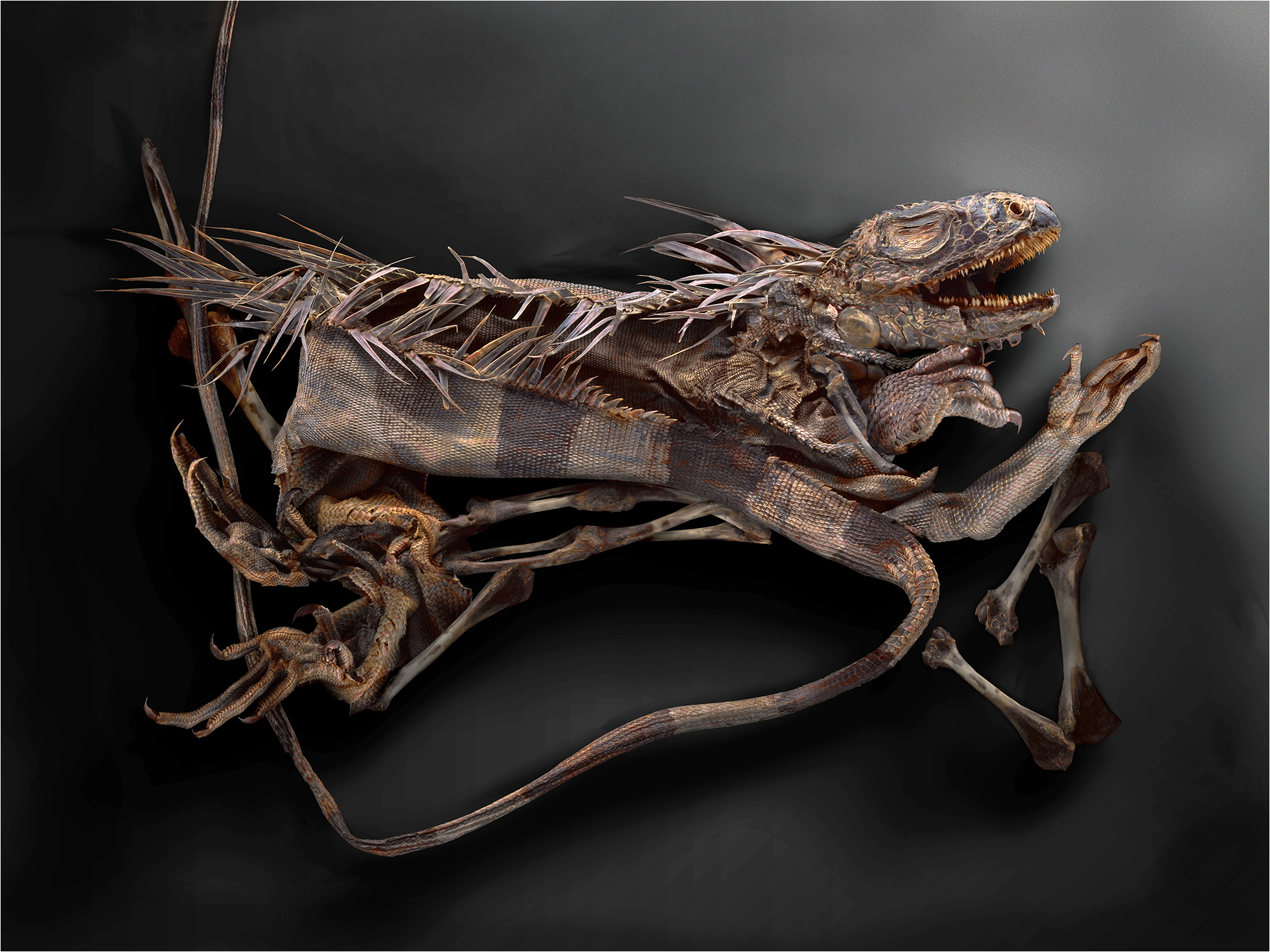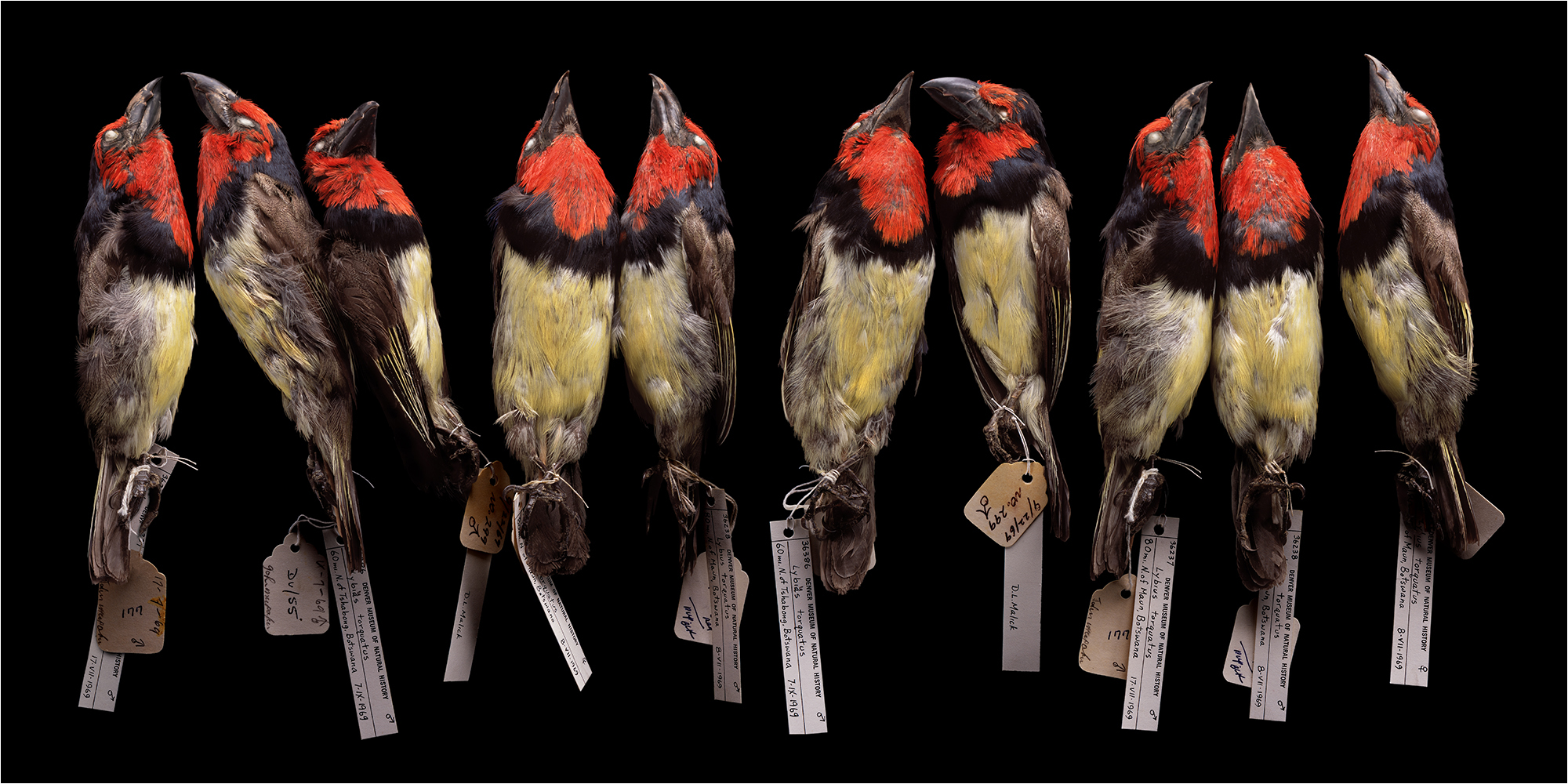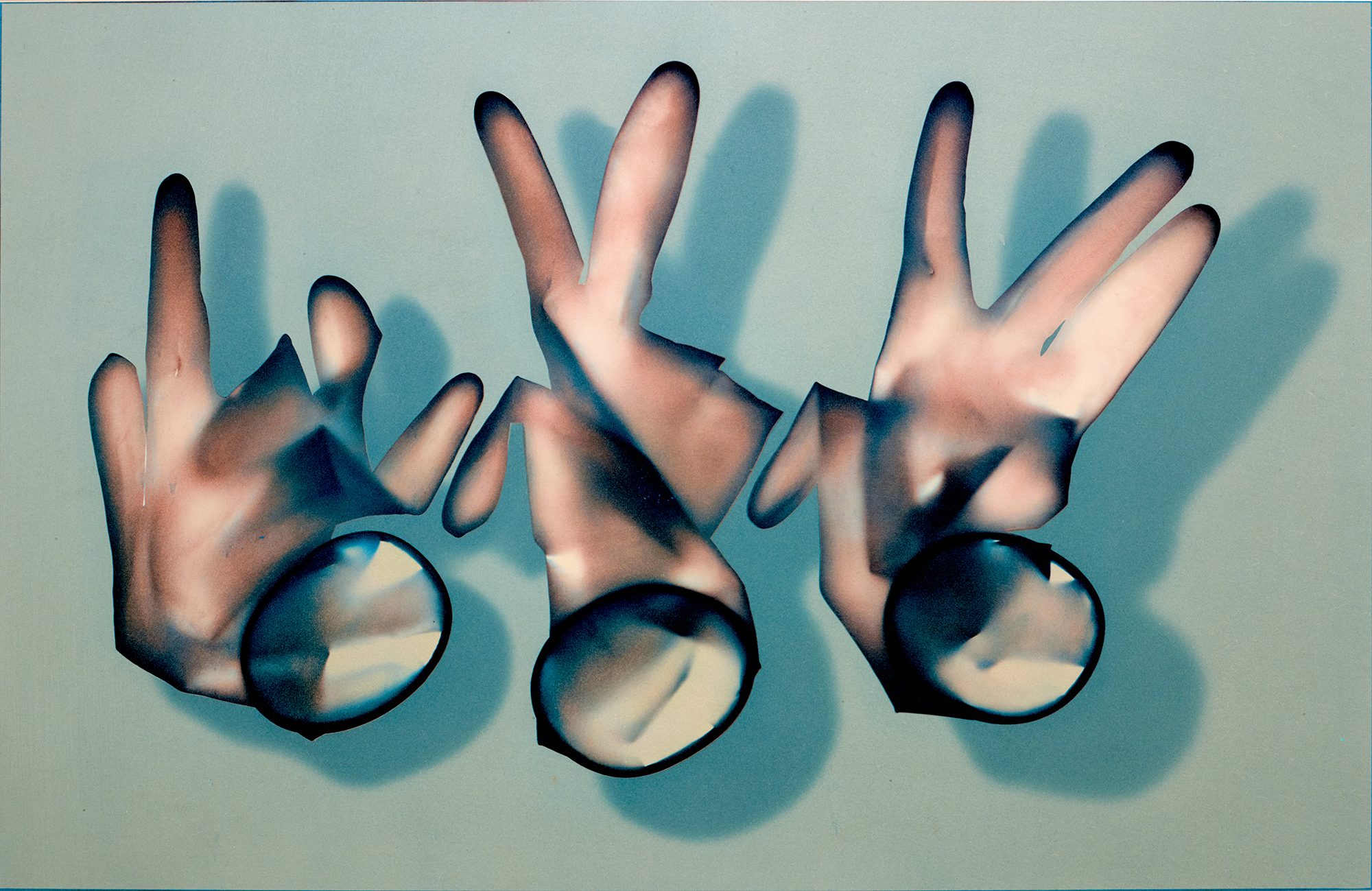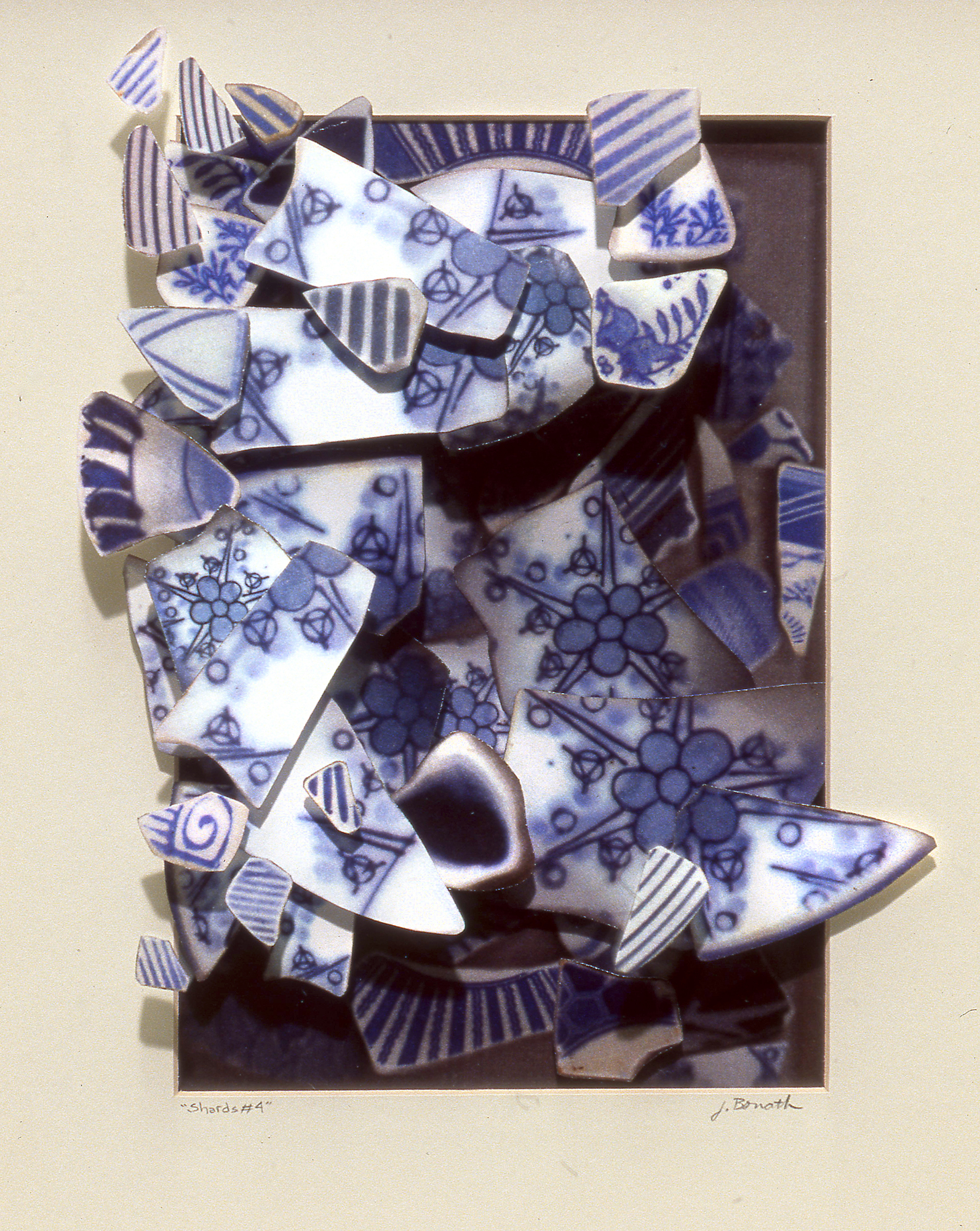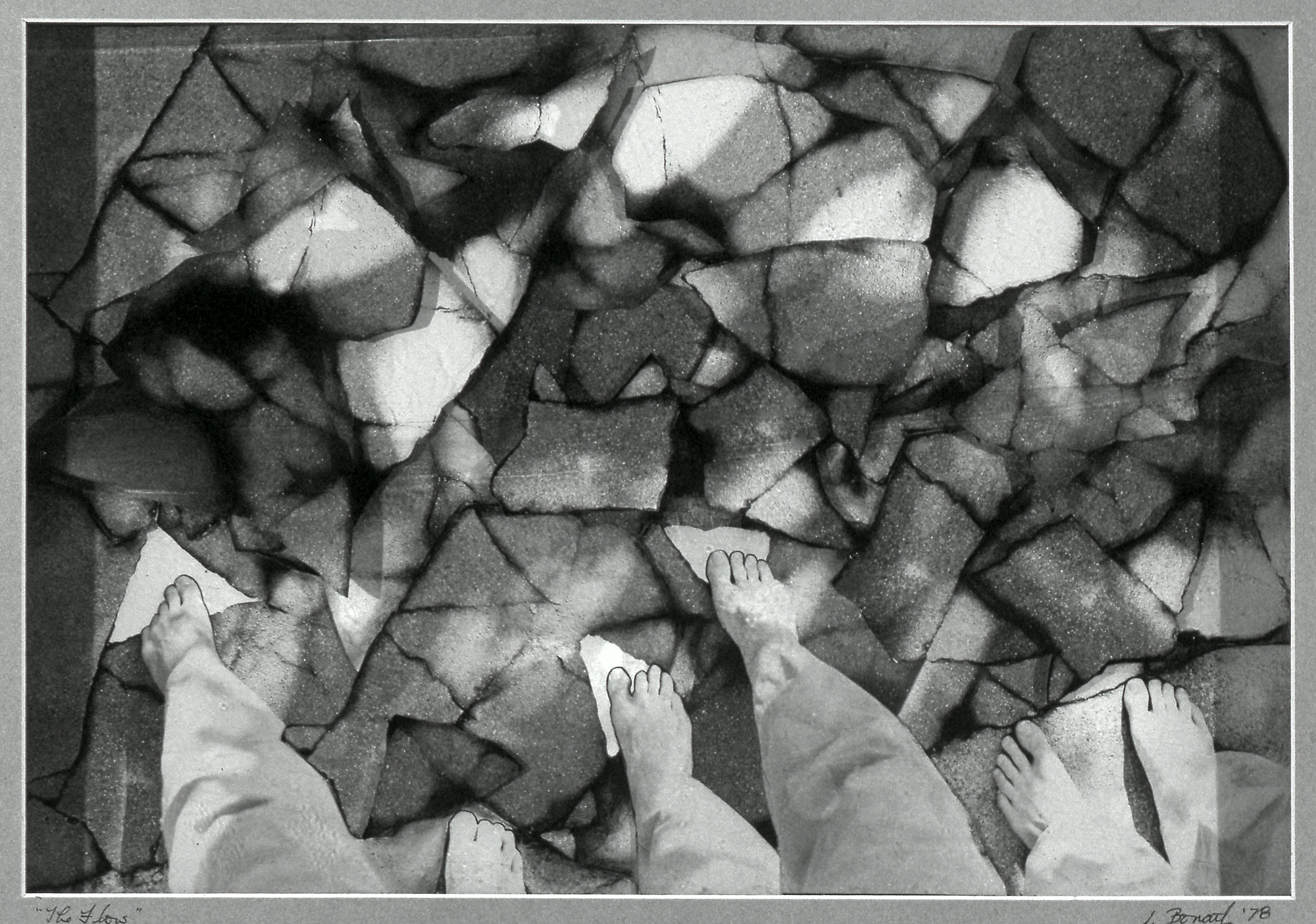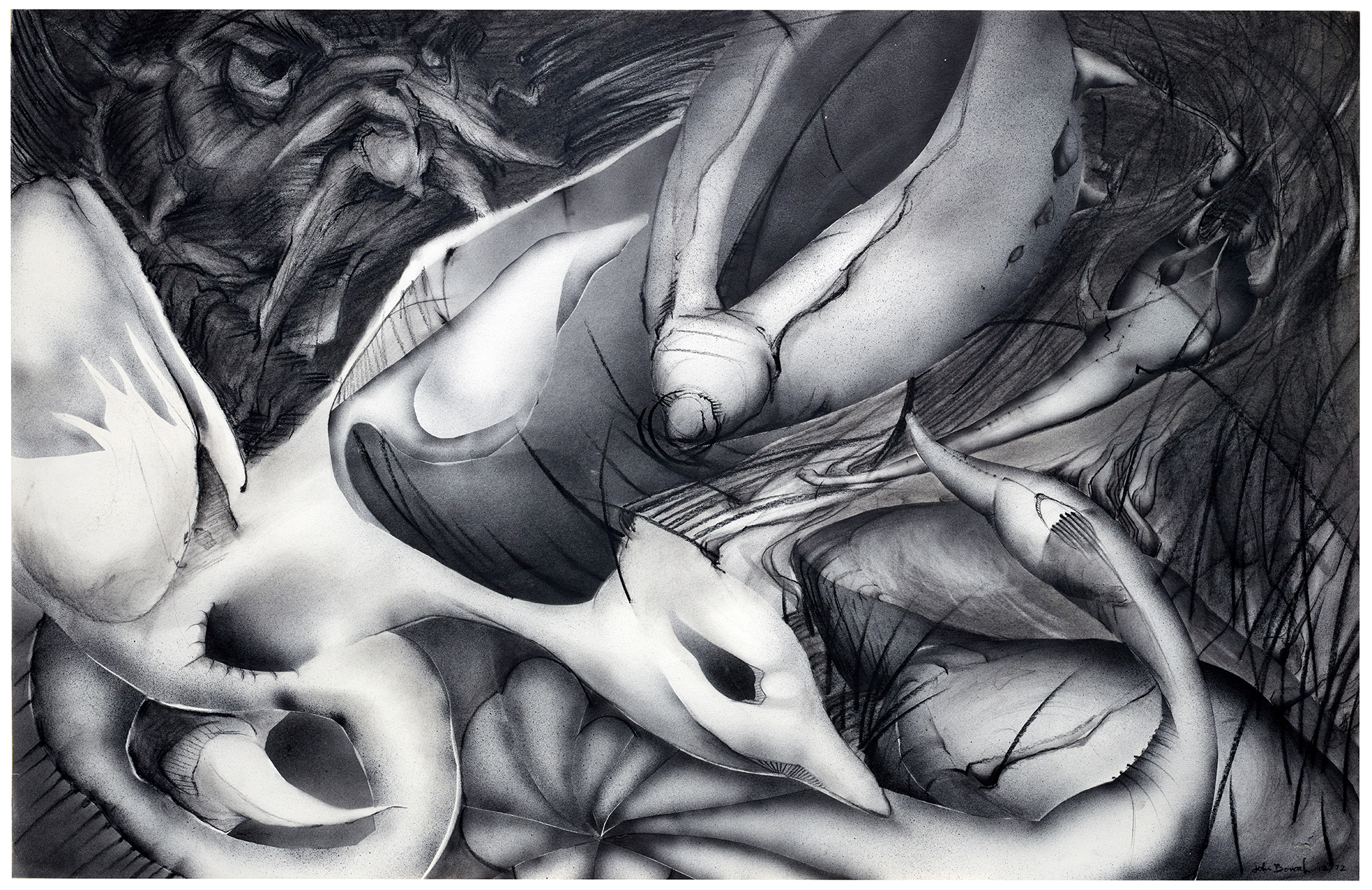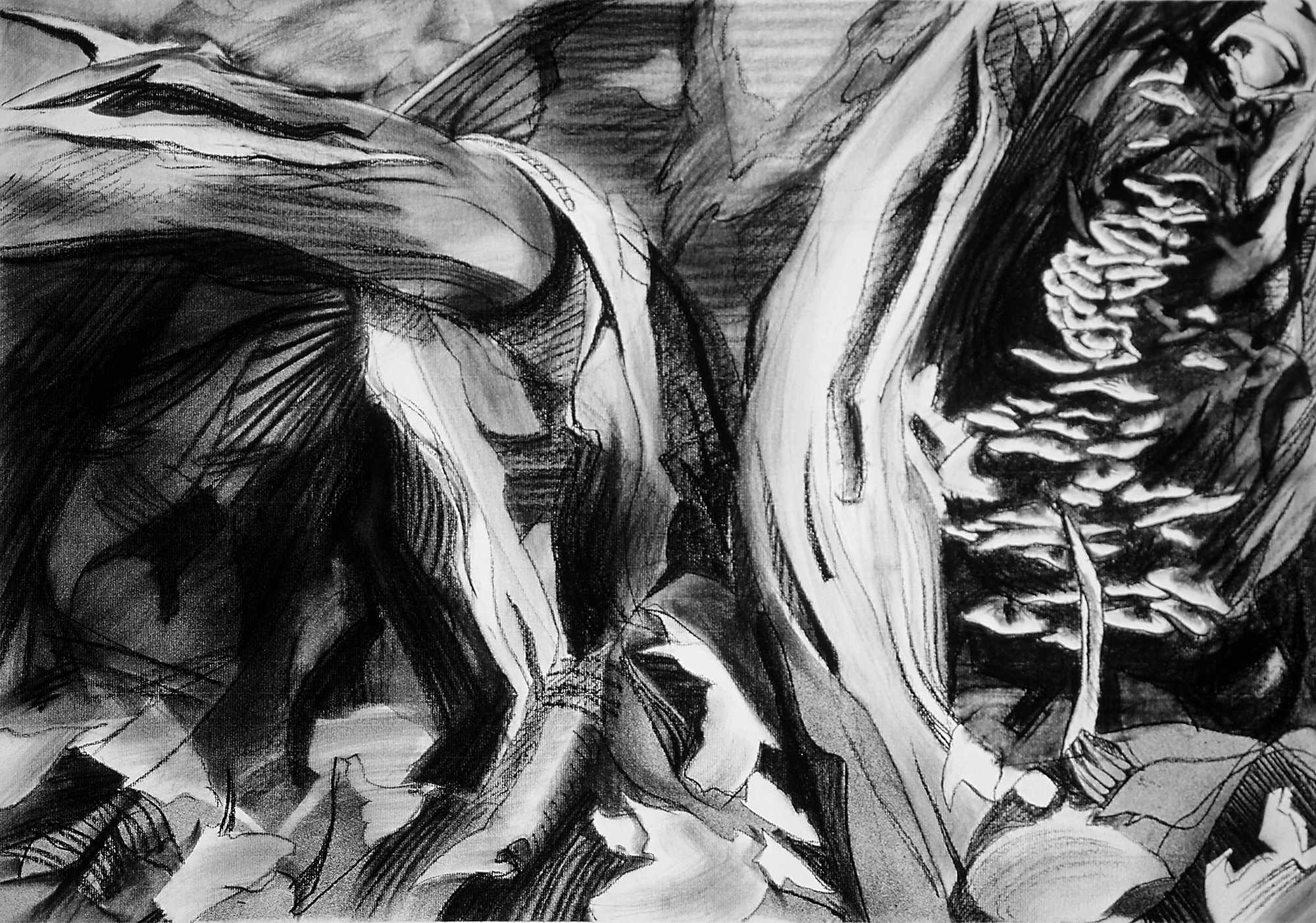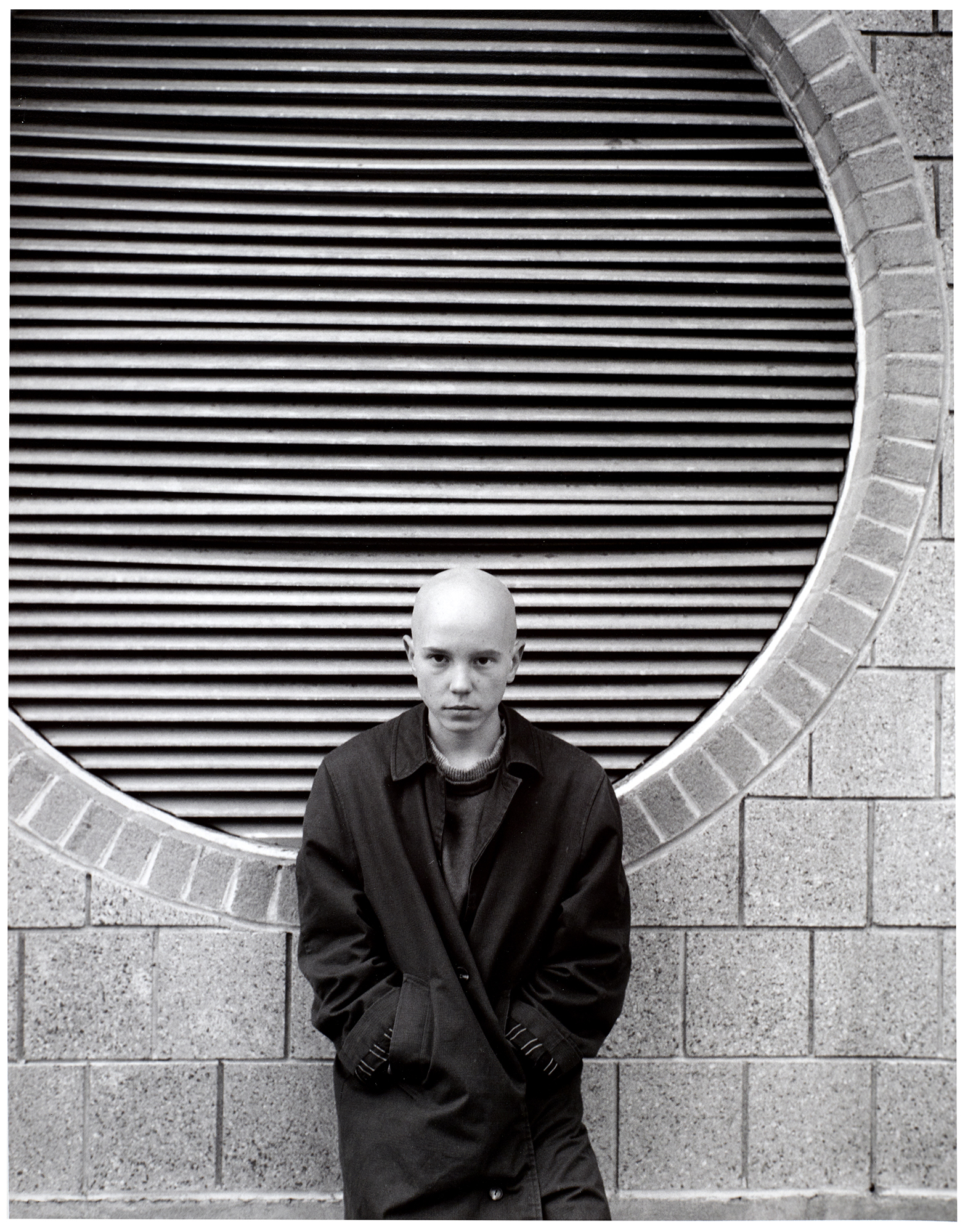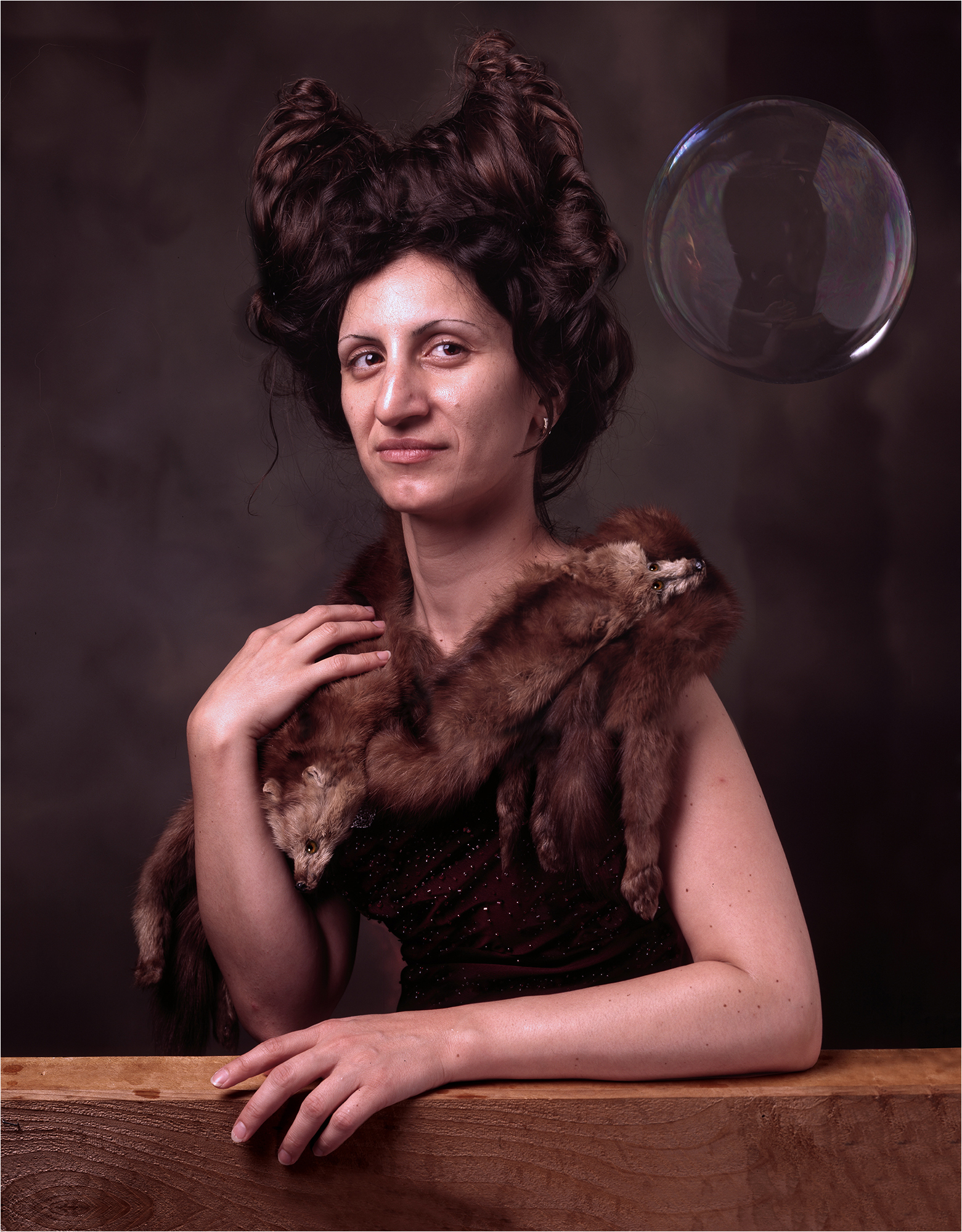READ ABOUT THE DYE TRANSFER PROCESS
The Dye Transfer Process
Dye Transfer is a color printing process that is considered to be the finest production process in the history of color photographic printing. It’s use in fine art photography has been furthered by such artist’s as Irving Penn and Elliot Porter. In the late 70’s Kendra North was a shooting-star, and during her brief claim to fame, she furthered a hand-dying technique using synthetic color with the dye transfer process. I took a workshop with her at the time and used this process for my work in order to move out of the toxic silkscreen process.
The use of dye absorption into gelatin-coated paper for making full-color prints was first patented by Charles Cros in 1880, and popularized by Eastman Kodak in the 1940s. The process requires making a relief “image” on dye transfer matrix film. The image on this special film has varying thicknesses of gelatin representing the values of the image. Dyes are then absorbed into the film in
proportion to the density of the gelatin relief image. The dyes in the film are in an acid PH environment and do not migrate or bleed. A piece of gelatin coated paper is then soaked in an alkaline PH fluid. When the matrix film is contacted with the gelatin-coated paper, the dyes migrate from the film to the paper.
The dyes and chemicals are spectrally pure compared to normal photographic dyes, and have excellent light and dark fastness. The Dye Transfer process
possesses a larger color gamut and tonal scale than any other process, including inkjet. Dye Transfer allows the practitioner the highest degree of photographic control compared to any other photochemical color print process.
Inexplicably in 1994, Eastman Kodak stopped making all materials for this process and now this process is gone forever.
Levitations series
These images are all straight photographs, done before the digital era. They are examples of my early work with still life fabrication for the camera.



